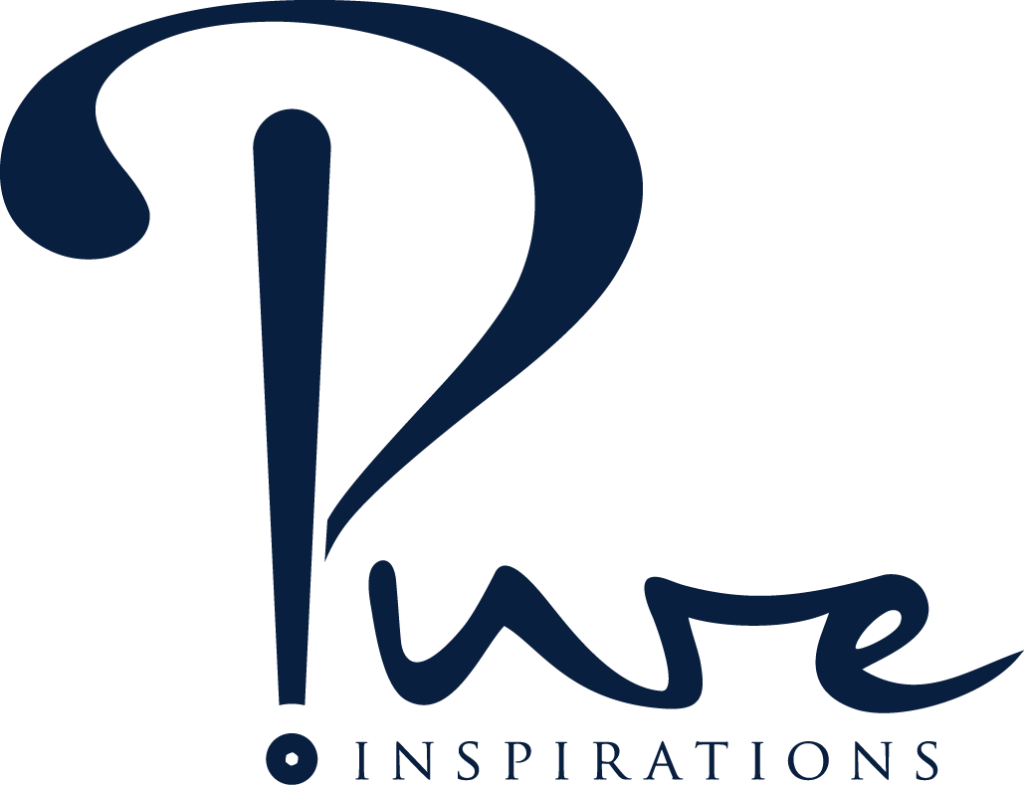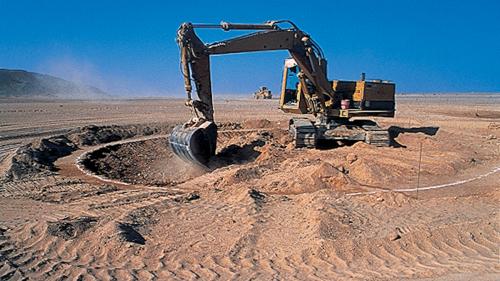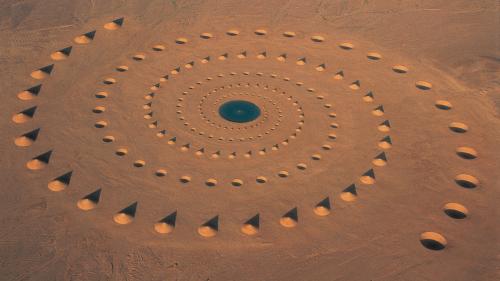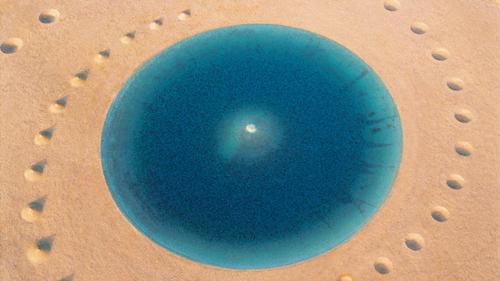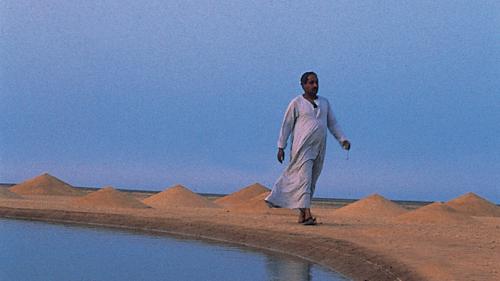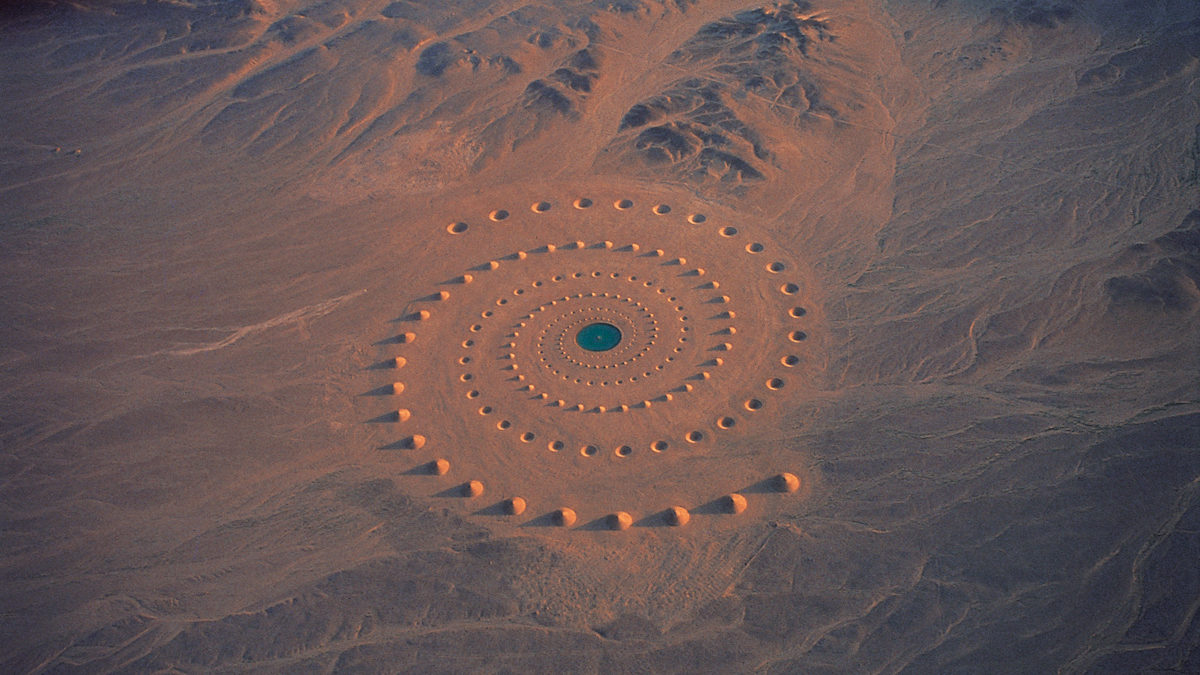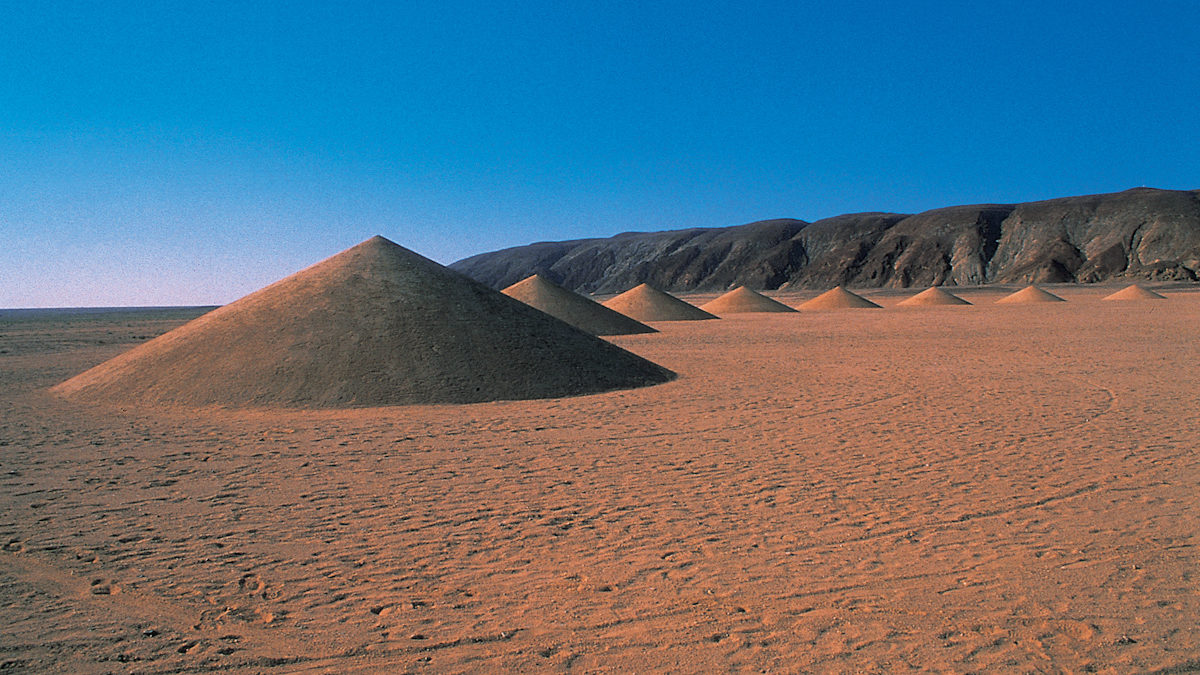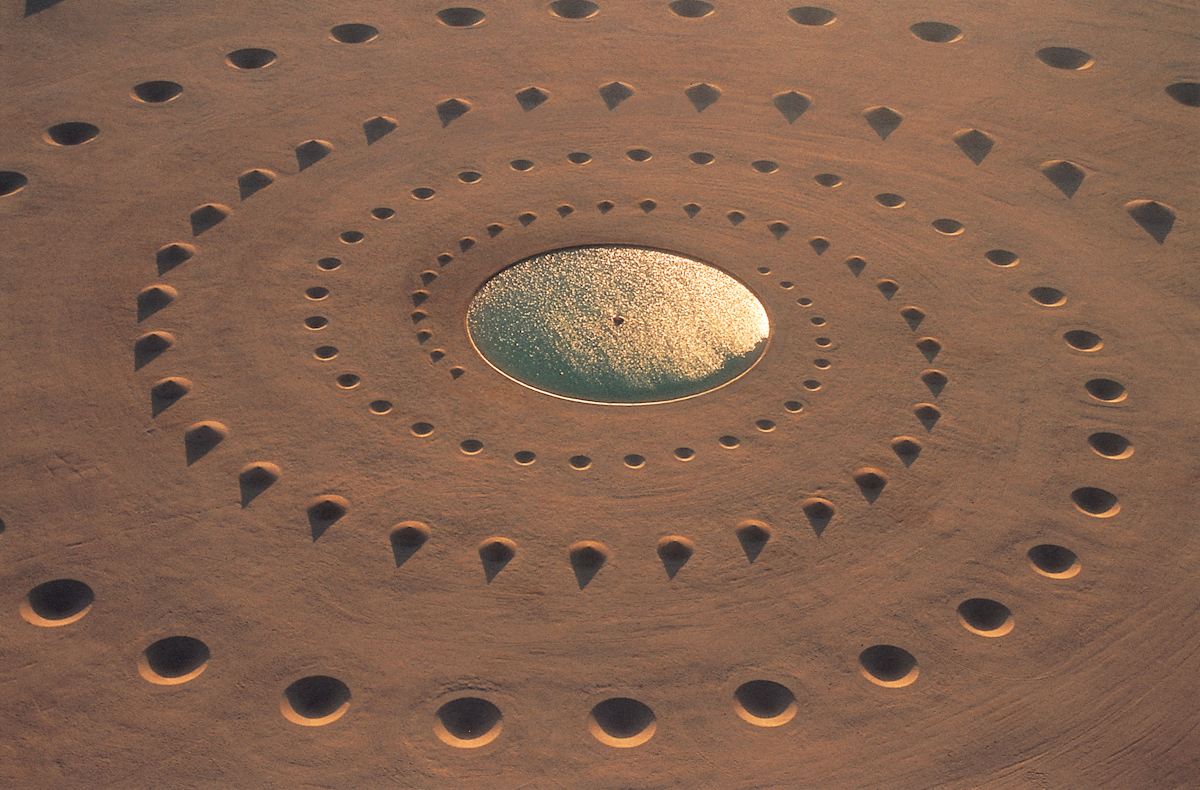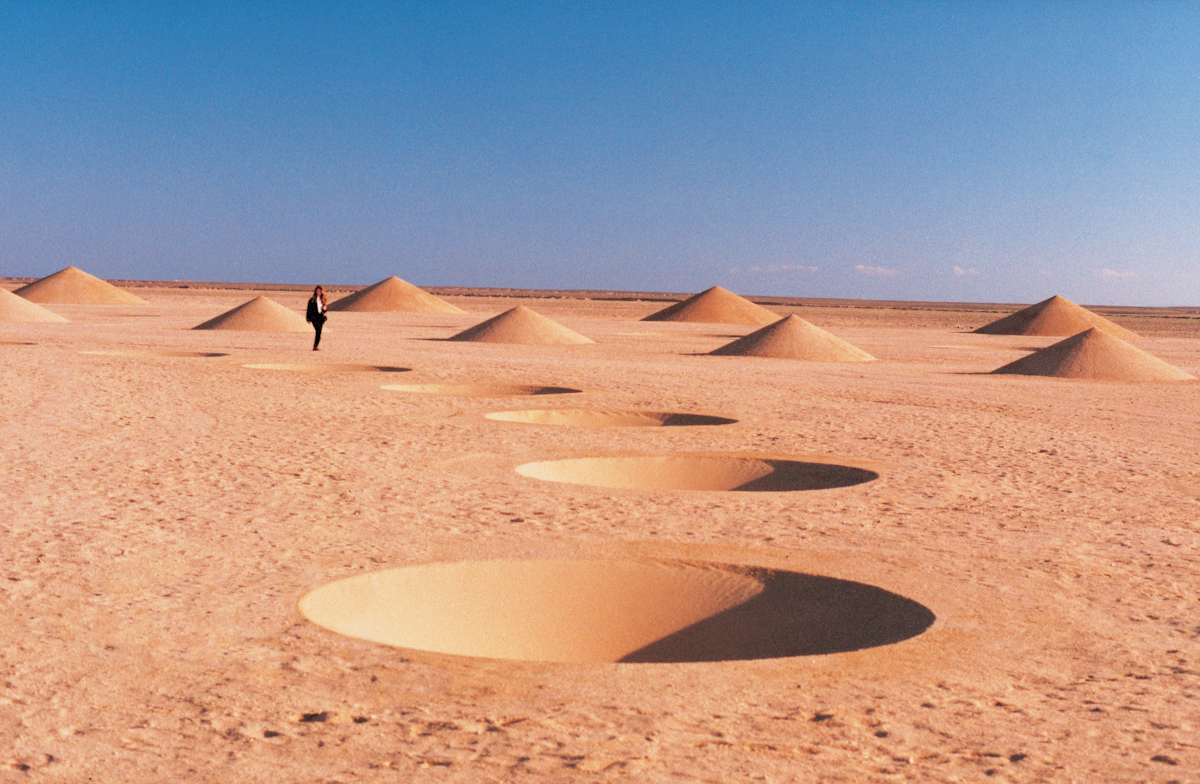Eighteen years after it rose from the sand, Google Earth continues to spark curiosity over a seemingly incongruous spiral that rises out of the Sahara desert at the edge of the Red Sea. Two interconnected spirals, an environmental art project called Desert Breath, were constructed of sand and built on such a scale that forces of time and nature have barely begun to erase their mark on the landscape.
A pool of water at the center of the spirals once reflected an arid sky above the world’s largest desert. But perhaps as a testament to the sanctity and scarcity of fresh water in this unforgiving desert, the pool has since dried up and disappeared.
Desert Breath was created in 1997 by D.A.S.T. Arteam, a collaboration between artist Danae Stratou, industrial designer Alexandra Stratou and architect Stella Konstantinidis. The artists hail the desert as “a place where one experiences infinity,” and say that they chose this particular site as a location “between the sea and a body of mountains at the point where the immensity of the sea meets the immensity of the desert.” The installation covers about a million square feet near El Gouna, Egypt. Tall conical shapes rise above the ground coupled with deep conical divets that dive into the earth.
Desert Breath continues to connect humans with a visceral inhaling and exhaling of the desert – an impact felt via virtual travelers, airplane flyovers, and mystified tourists on the ground. The cones represent a shape and space in-between. They are as reminiscent of Egypt’s pyramids as they are of the desert’s natural sand dunes.
For all their magnitude, the spirals reveal the minute scale of human beings in the landscape – how fragile and impermanent we are. Creating this captivating human mark on the land summoned the collective power of ingenuity and communal support, both of which extended beyond geographical and cultural borders. No money was exchanged to build Desert Breath. It rose upon mutual faith and in-kind contributions from an Egyptian construction company who spent nine months moving sand so they too could witness the work’s evolution and surrender to the forces of nature in the decades to come.
Construction of this site-specific work involved the displacement of 280,000 square feet of sand on site. The contrast of Desert Breaths’ positive shapes and negative spaces is intended to be experienced two-fold: On the ground, it is an interactive human experience as the observer walks amidst the spirals, literally breathing with the desert; from above, whether via surrounding mountains or Google Earth, it is a cohesive image spiraling toward infinity.
Desert Breath’s slow disintegration reflects the invincibility of time. Its beauty is in its impermanence, its shape-shifting, and the artists’ explicit intent to let it evolve. Ultimately, it will disappear under the larger energies of sand, water, wind and time. The art and the energy of nature remain impervious to the region’s politics. Desert Breath is now ruled only by the transformative power of time. As humans, we are now only here to bear witness.
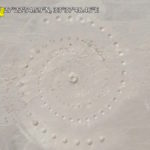 To view ever evolving Desert Breath on Google Earth go to coordinates: 27°22’54.59″N, 33°37’48.46″E or click here
To view ever evolving Desert Breath on Google Earth go to coordinates: 27°22’54.59″N, 33°37’48.46″E or click here
 Featured artist Danae Stratou continues to create breathtaking sculptures, multi-media installations, and photography. To view her extraordinary work and on-going projects please visit danaestratou.com
Featured artist Danae Stratou continues to create breathtaking sculptures, multi-media installations, and photography. To view her extraordinary work and on-going projects please visit danaestratou.com
[Photographs: danaestratou.com; googleearth.com]
